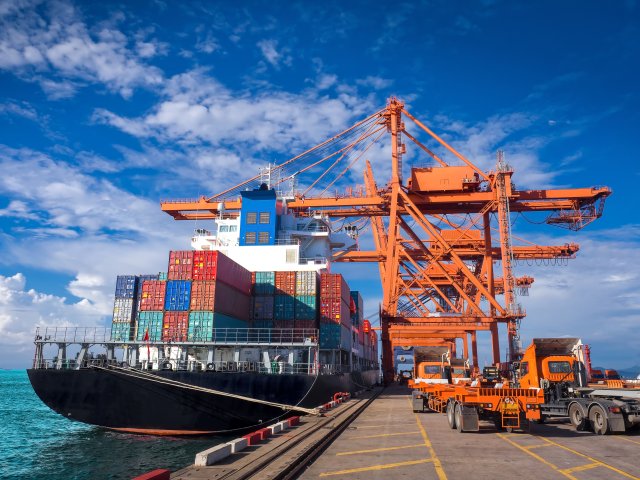Commercial Vessel Discharge Standards
The U.S. maritime transportation system is critical to the nation’s economy, supporting the vast majority of overseas trade across its expansive network of navigable waters and ports. While the nation relies on commercial vessels to move people and goods across these waterways, even normal vessel operations discharge pollutants to waters – from possible invasive species in ballast water, to oily bilgewater, to pathogens and nutrients in sewage and graywater.

On December 4, 2018, the Vessel Incidental Discharge Act (Title IX of the Frank LoBiondo Coast Guard Authorization Act of 2018) was signed into law and directed the EPA to develop nationally applicable standards for discharges from primarily large commercial vessels. VIDA also directed the U.S. Coast Guard to develop corresponding implementation, compliance and enforcement regulations.
The requirements apply to approximately 85,000 international and domestic vessels. These include public vessels of the United States, passenger vessels such as cruise ships and ferries, barges, tugs and tows, offshore supply vessels, mobile offshore drilling units, tankers, bulk carriers, cargo ships, container ships and research vessels. For one discharge – ballast water – the requirements also apply to small vessels and fishing vessels.
To learn more about VIDA and its associated regulations, please visit the webpages linked below.
- Vessel Incidental Discharge Act – Summarizes VIDA and the history of vessel discharge regulations.
- Discharges and the EPA’s Standards of Performance – Describes the different discharges covered by the EPA’s final rule.
- Program History – Outlines the history of commercial vessel discharge regulations and the EPA’s recent VIDA rulemaking process.
- 2013 Vessel General Permit (VGP) and Interim Requirements – Explains the interim requirements in place for commercial vessels until the U.S. Coast Guard finalizes their implementing regulations. This page also includes pertinent information regarding the EPA’s 2013 Vessel General Permit and associated reporting requirements.
- Stakeholder Engagement – Lists past and future stakeholder engagement opportunities.
- Frequently Asked Questions – Answers frequently asked questions related to VIDA and the 2013 Vessel General Permit.
